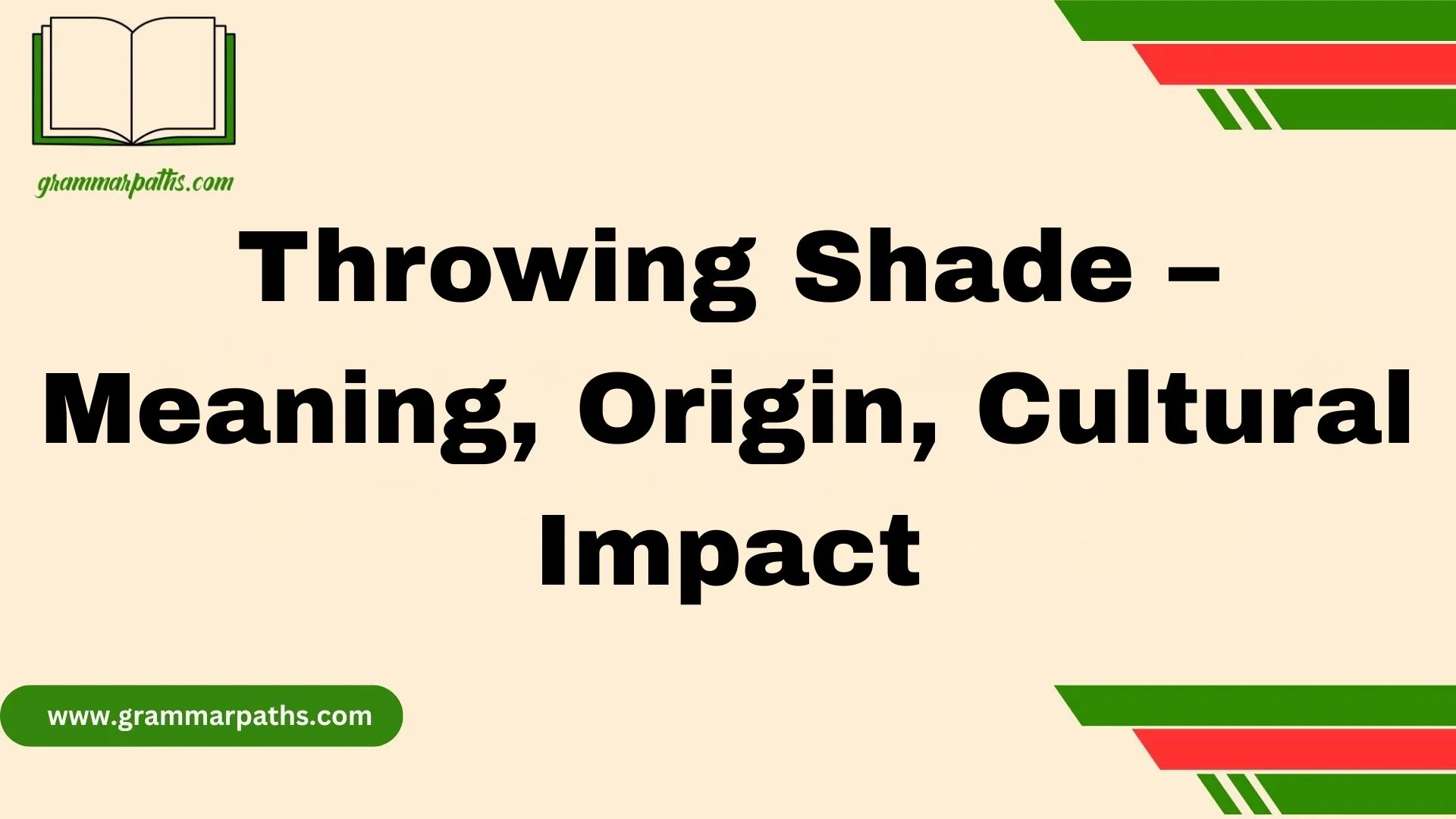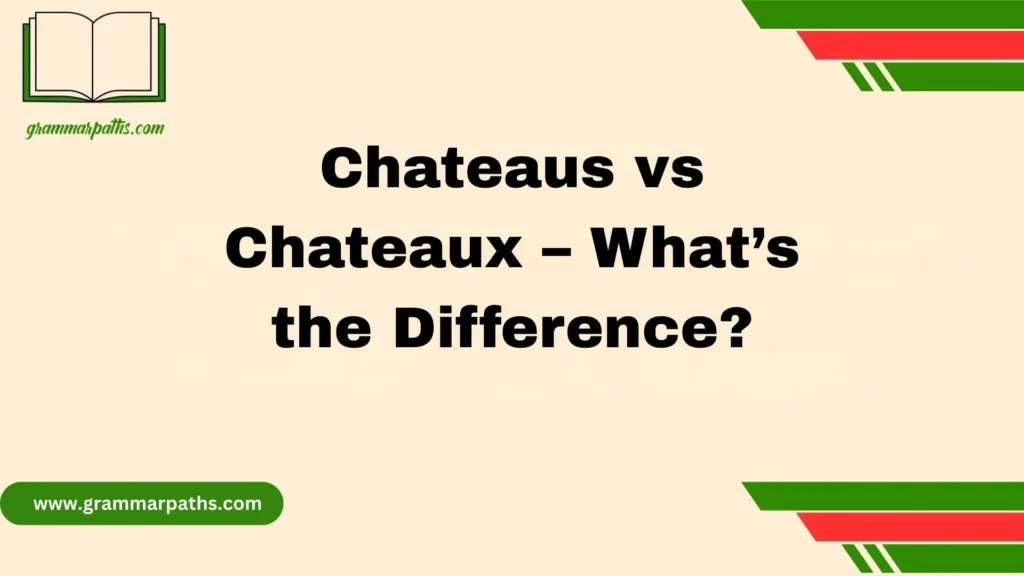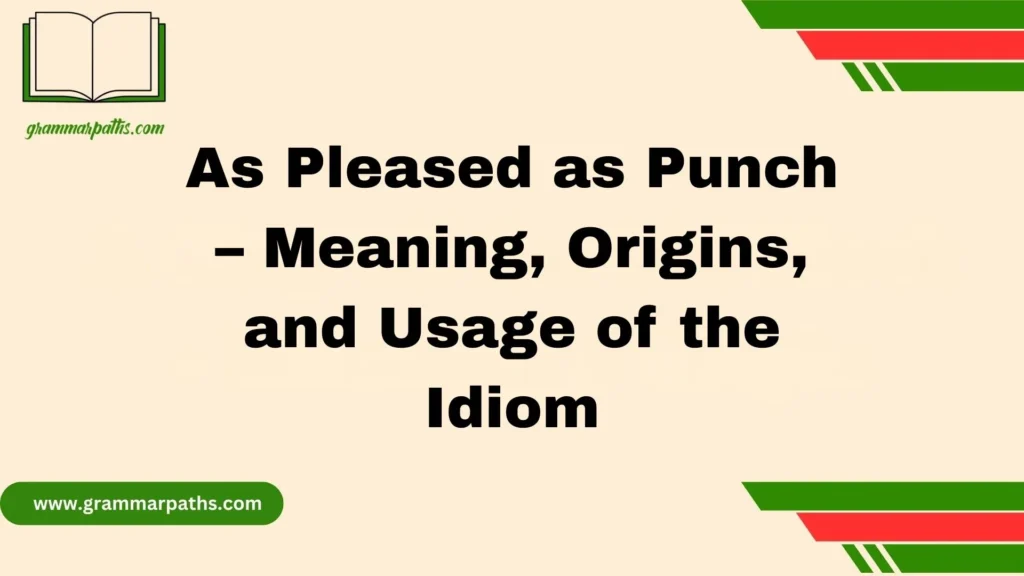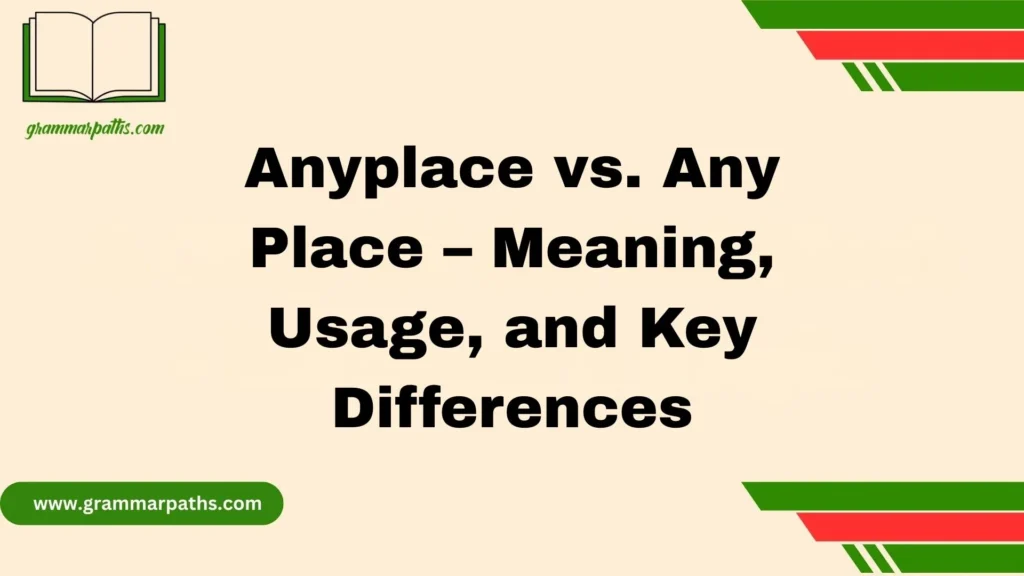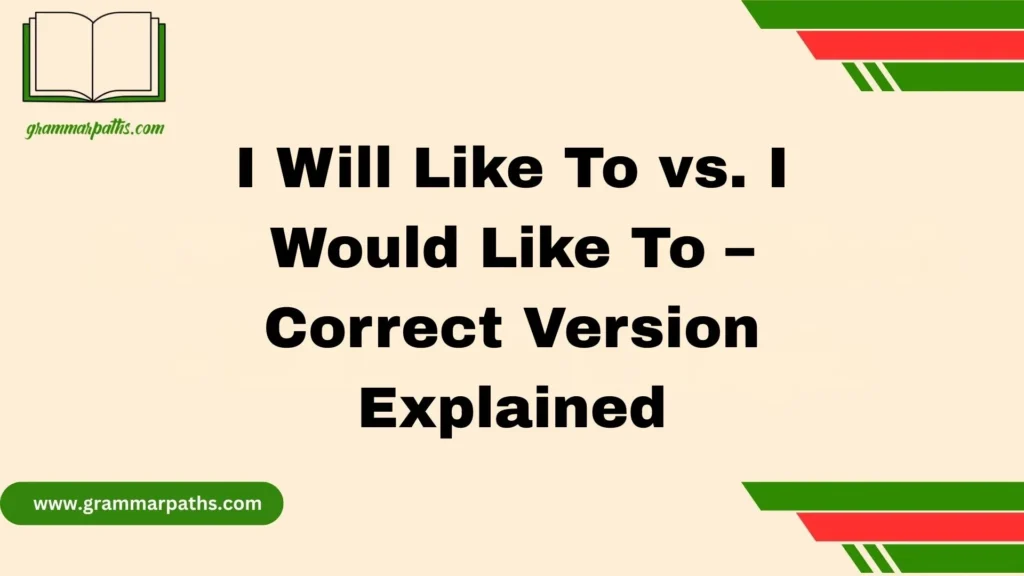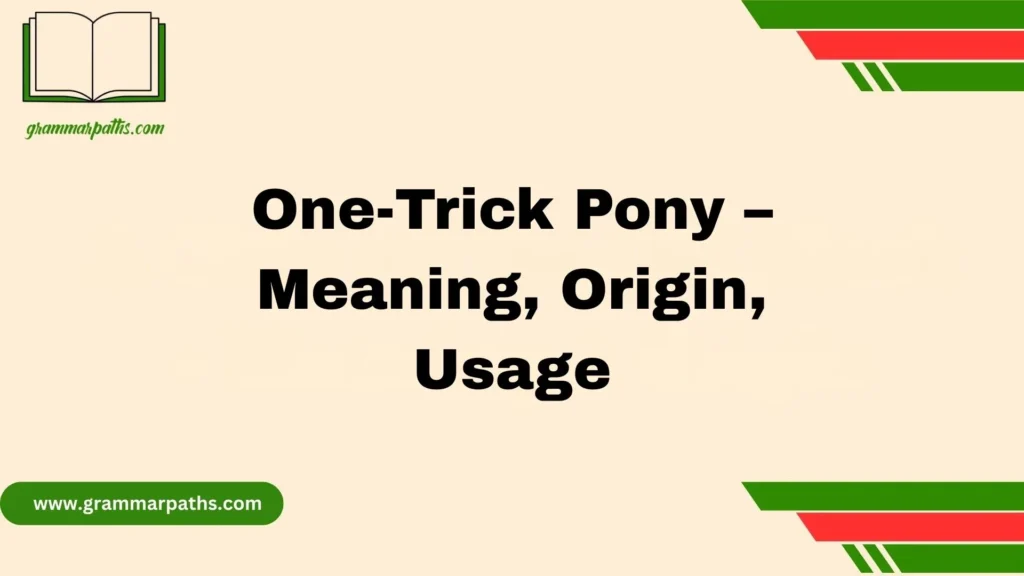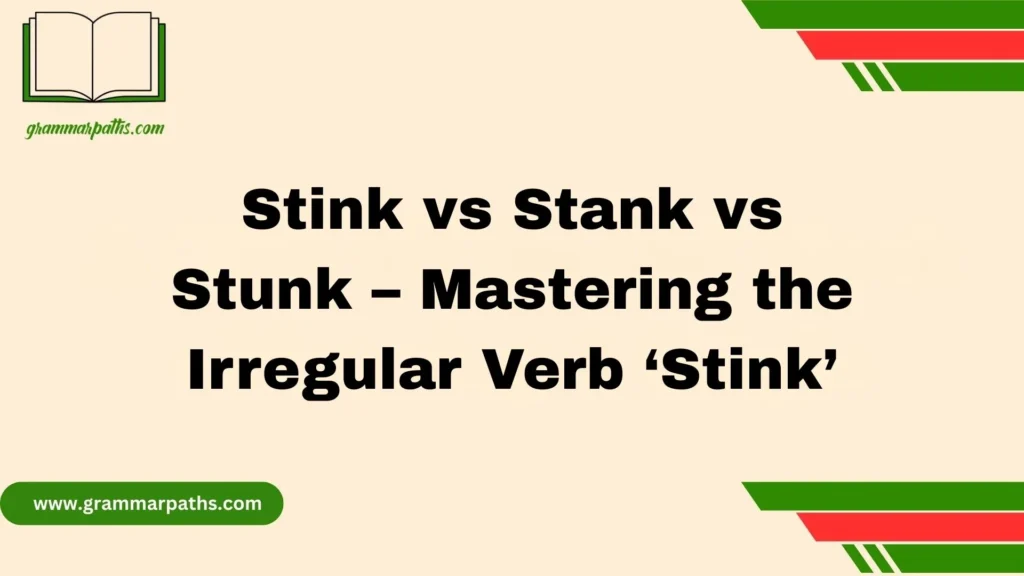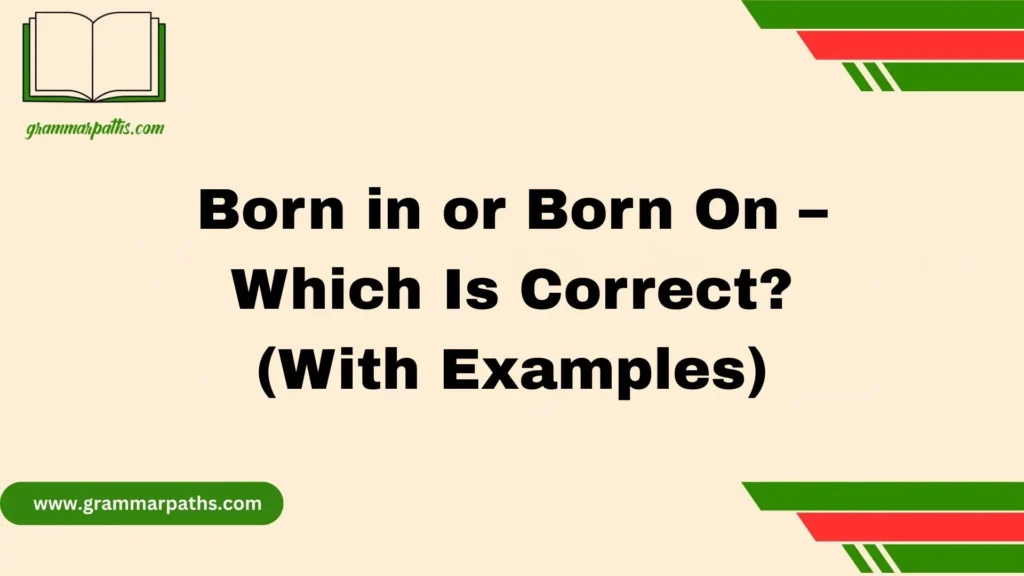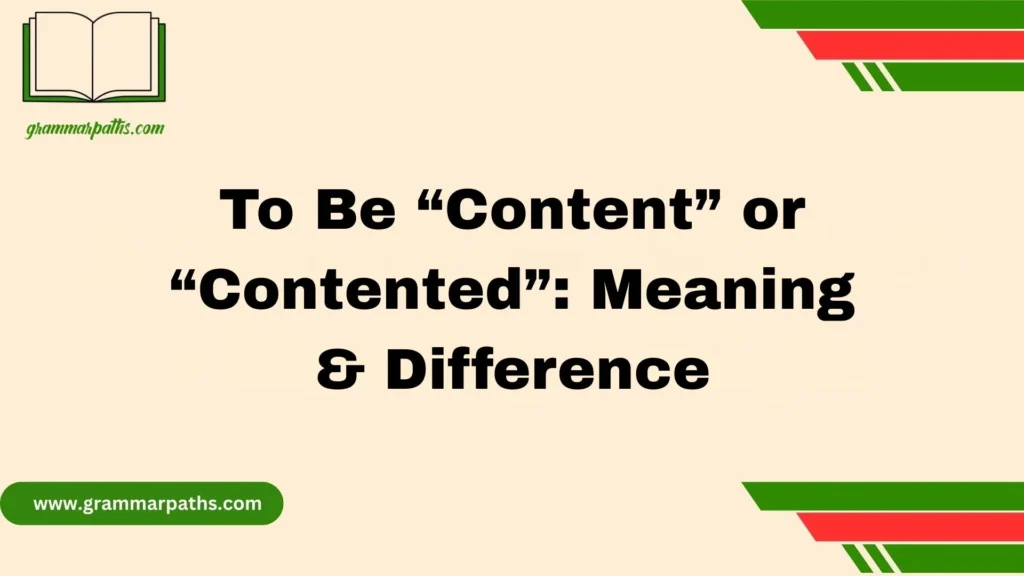The first time I heard someone was “throwing shade,” I was stunned—it wasn’t loud, but the dig was deep. That moment taught me that expression can be more than words—it’s tone, pause, and sometimes, sarcasm with a cleverness that stings. In today’s world of social media and celebrity drama, a simple clapback on a blog post or a cryptic caption from a red carpet moment can go viral.
If you look closely, you’ll see it’s not just snark—it’s elegance, poise, and truths wrapped in subtle delivery. This is exactly what the phrase Throwing Shade – Meaning, Usage & Examples truly embodies—smart, stylish communication.
In my experience as a writer and someone who’s spent time analyzing public interactions, the best shade isn’t thrown—it’s performed. Whether it’s in a pop culture feud or a heated interview, shade demands wit, flair, and sharp language. You can’t fake it. You need to be skilled, carry charm, and know how to land an insult while keeping your cool. It’s about knowing your moment and striking with words that carry weight, not volume. That’s where real shade lives—in the tension between honesty and delivery.
What Does “Throwing Shade” Actually Mean?
At its core, throwing shade means making a sly, indirect insult. It’s a dig wrapped in cleverness — not loud or aggressive, but smooth and sneaky.
It’s not quite an argument, not full-on disrespect, but a side-eye or a backhanded comment that makes people pause and say, “Did they really just say that?”
A Simple Definition:
Throwing shade is the act of expressing contempt, disapproval, or criticism in a subtle, indirect, or clever way.
Here’s how it works:
- It avoids direct confrontation
- It relies on tone, context, or implied meaning
- It’s often used to undermine or belittle someone while pretending to stay polite
Examples:
- “Oh, you’re wearing that? Bold choice.”
- “It must be nice to not care what anyone thinks.”
- “Wow, you’re so brave to post that photo.”
In all these, the words sound polite, but the meaning cuts deep.
The Cultural Roots: Where Did “Throwing Shade” Come From?
“Throwing shade” didn’t come from mainstream slang — it was born in the underground ballrooms of 1980s New York, rooted in Black and Latino LGBTQ+ drag culture.
Origin:
The term first gained attention in the 1990 documentary Paris Is Burning, a powerful film that showcased the Harlem ballroom scene. In that world, “shade” wasn’t just about rudeness — it was about style, skill, and survival.
Two Related Terms:
| Term | Meaning |
| Reading | Directly calling someone out or pointing out their flaws — intentionally harsh |
| Shade | Indirect, clever, and subtle — you don’t even have to say their name |
Quote from Dorian Corey (Paris Is Burning):
“Shade is, I don’t tell you you’re ugly, but I don’t have to tell you because you know you’re ugly.”
Shade was a way for marginalized communities to reclaim power and fight back with flair — especially in a society that tried to silence them.
Evolution into Mainstream Slang
How did a term from 1980s ball culture become part of everyday language?
Key Moments in Pop Culture:
- RuPaul’s Drag Race — Popularized shade on a global scale. “Reading” and “shade” became part of every season.
- Twitter and Instagram — The perfect platforms for snarky one-liners and shady subtweets.
- Celebrities and memes — When famous people throw shade, it goes viral.
From Margins to Mainstream
“Throwing shade” entered mainstream vocabulary through a process called linguistic appropriation — when dominant cultures adopt terms from marginalized groups.
Important: Using slang from Black LGBTQ+ culture without understanding its roots can be seen as cultural appropriation. Language has history — and shade has deep roots.
How to Tell When Someone’s Throwing Shade
Shade is rarely obvious — that’s what makes it powerful. It’s not yelling. It’s a smirk, a pause, a sarcastic tone, or a word that doesn’t match the facial expression.
Here’s how to recognize it.
Signs Someone Is Throwing Shade:
- Backhanded compliments: “You look so good for your age!”
- Tone mismatch: The words sound nice, but the voice sounds smug or condescending.
- Fake concern: “I hope everything’s okay… you’ve seemed off lately.”
- Silence or exclusion: Not inviting someone, or ignoring them intentionally — and everyone knows it.
Watch for These Cues:
| Cue | What It Might Mean |
| Raised eyebrows | “Really? That’s what you’re going with?” |
| Delayed clapping | Not genuinely impressed |
| Over-enthusiasm | Masking mockery with fake support |
| Emphasis on words | “Wow, you really tried something new.” |
Examples of “Throwing Shade” in Action
Let’s break down some real-life shade from the world of pop culture, politics, and media.
Celebrity Shade:
- Mariah Carey on Jennifer Lopez: When asked about J.Lo, Mariah famously replied: “I don’t know her.”
- Translation: She knows exactly who she is. That was calculated indifference.
- Taylor Swift’s “Blank Space”:
- Lyrics like “Got a long list of ex-lovers, they’ll tell you I’m unpredictable ” flip public criticism into a sly jab.
Political Shade:
- Barack Obama was known for polished, pointed remarks. At the 2011 Correspondents’ Dinner, he roasted Donald Trump while maintaining perfect composure.
- Michelle Obama: “When they go low, we go high.” — This line subtly calls out bad behavior without naming names.
Internet Shade:
- Subtweets: Posts aimed at someone without mentioning them directly.
- Example: “Some people really think being loud is the same as being right.”
- Meme culture: Using reaction GIFs like Kermit sipping tea (☕) or side-eyes 👀 to deliver shade nonverbally.
The Psychology of Throwing Shade
Why throw shade at all? Why not just say what you mean?
Psychological Drivers:
- Power without confrontation: It lets people express dominance while avoiding open conflict.
- Social signaling: Shade shows off wit, status, and emotional control.
- Defense mechanism: Sometimes people use shade to protect their ego or mask insecurity.
Fun Fact:
Research in social psychology shows that indirect aggression — like sarcasm or passive comments — is often used when direct aggression could hurt the speaker’s image.
Shade in Digital Culture
The internet is shade’s natural habitat. In a world of short posts, viral moments, and comment sections, shade thrives.
Where Shade Lives Online:
- TikTok: Shady audio clips, “duet” reactions, or stitching someone’s video to critique it indirectly.
- Instagram: Captions like “Some people will do anything for attention… not naming names 🤷”.
- YouTube and Reels: Creators shading brands or influencers in storytelling or skits.
Emojis That Deliver Shade:
| Emoji | Meaning |
| 🙄 | Eye-roll — classic shady reaction |
| 👀 | “I’m watching this drama unfold” |
| ☕ | “Sipping tea” — taking in gossip or subtle digs |
| 😏 | Smirk — confident and slightly smug |
Throwing Shade vs. Roasting vs. Reading vs. Trolling
Let’s clarify the differences. These terms are often confused — but they’re not the same.
Comparison Table:
| Term | Style | Intent | Origin |
| Shade | Indirect, clever | Dismiss or disapprove | Ballroom/drag culture |
| Roast | Direct, humorous | Entertain and tease | Comedy, social circles |
| Reading | Direct, sharp | Expose flaws brutally | Drag culture |
| Trolling | Aggressive, hostile | Provoke or upset | Internet culture |
Rule of thumb:
- Shade is classy.
- Trolling is cruel.
- Roasting is friendly.
- Reading is fierce.
How to Use Shade Responsibly
Not everyone should throw shade — and not every setting is right for it.
When It’s Okay:
- Among friends who understand your humor
- In performance art (like drag shows or comedy)
- Online, if it’s lighthearted and playful
When to Avoid:
- In professional or workplace settings
- Toward people you don’t know well
- When the tone could be misunderstood or hurtful
Tips for Responsible Shade:
- Know your audience
- Don’t punch down
- Keep it witty, not mean
- Give people space to respond — don’t shade and run
Conclusion
Throwing shade isn’t just about being sassy—it’s about mastering the art of saying more with less. It’s a blend of intelligence, timing, and subtle confidence. Whether it happens in a red carpet interview or in an everyday conversation, shade is about expressing uncomfortable truths with charm and control. In a world full of noise, it’s often the quietest words that hit the hardest. So next time you witness shade being thrown, take a moment to appreciate the wit, poise, and cultural legacy behind it.
Frequently Asked Questions (FAQs)
1. What does “throwing shade” mean?
It means making a subtle or indirect insult, usually delivered with wit, charm, and sometimes sarcasm, often without directly naming someone.
2. Where did the term “throwing shade” come from?
It originated in the 1980s from Black and Latino LGBTQ+ communities, particularly in drag ball culture. It became more mainstream through media and pop culture.
3. Is throwing shade always meant to be rude?
Not always. While it can be used to insult or criticize, it’s often done with humor or style, making it more clever than cruel.
4. How is shade different from a direct insult?
Shade is subtle and often masked in polite or stylish language. A direct insult is blunt. Shade makes people think twice before realizing they’ve been insulted.
5. Can throwing shade be used in professional settings?
It depends. In professional settings, throwing shade can come off as passive-aggressive or unprofessional, so it’s best used carefully or avoided altogether.
Sources & Further Reading
- Paris Is Burning (1990) – IMDb
- RuPaul’s Drag Race – VH1
- Vox: “The history of shade”
- Urban Dictionary: Throwing Shade
- “Shade: The Language of Drag” – Oxford University Press Blog

Mia Rose is the passionate writer and founder of GrammarPaths.com, a resource dedicated to helping learners master English grammar, idioms, and writing skills with ease. With a deep love for language and years of experience in teaching and content creation, Mia simplifies complex grammar rules into clear, practical guides that readers can instantly apply.
